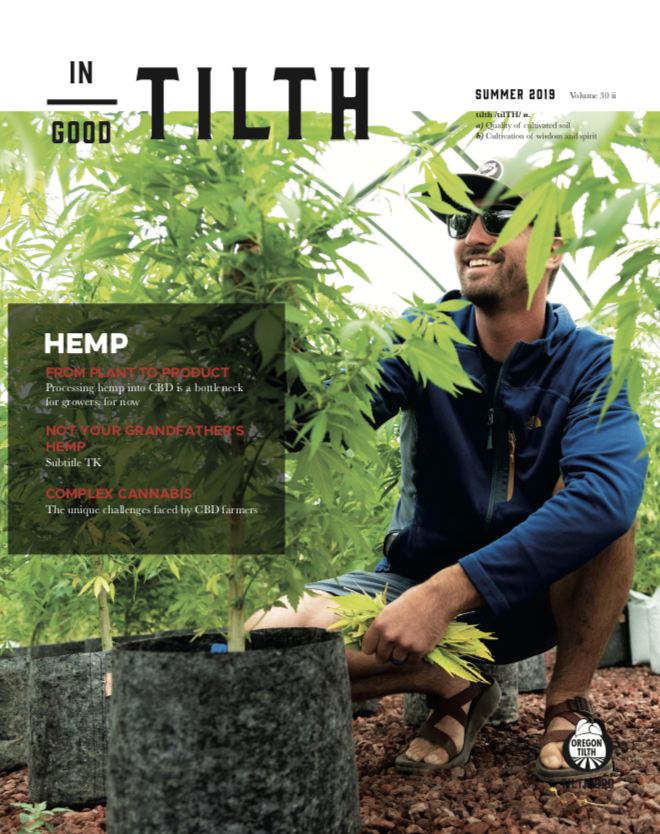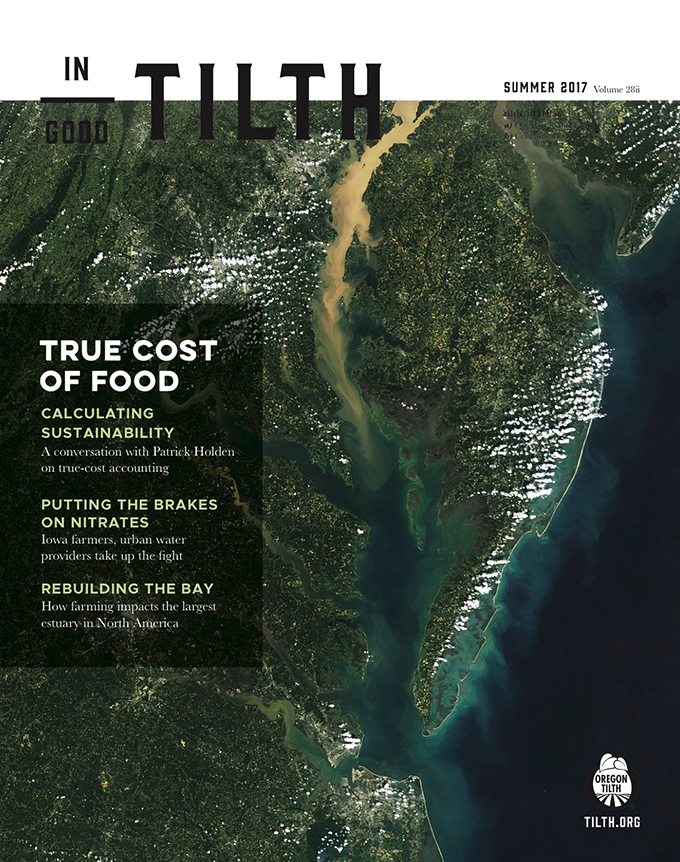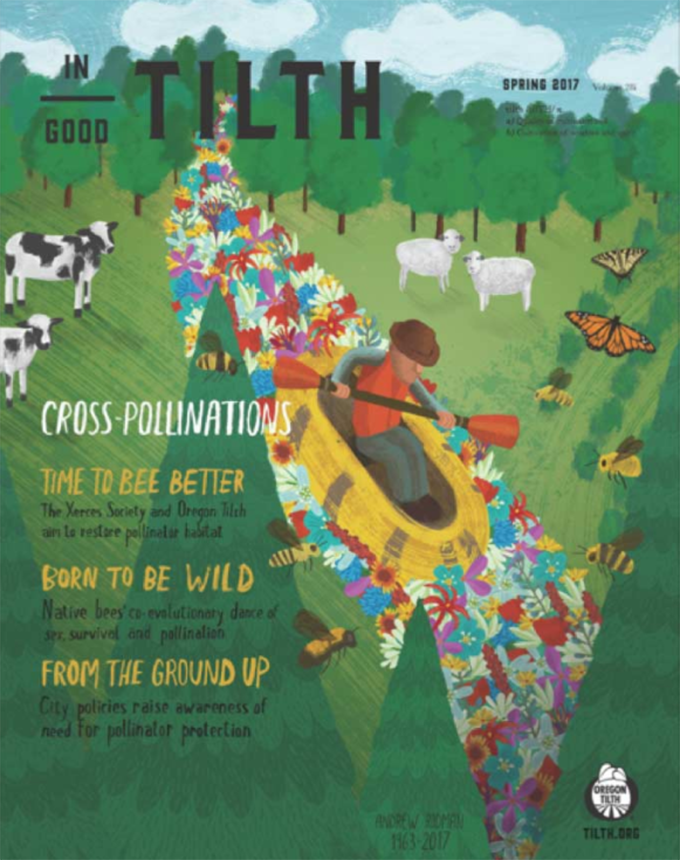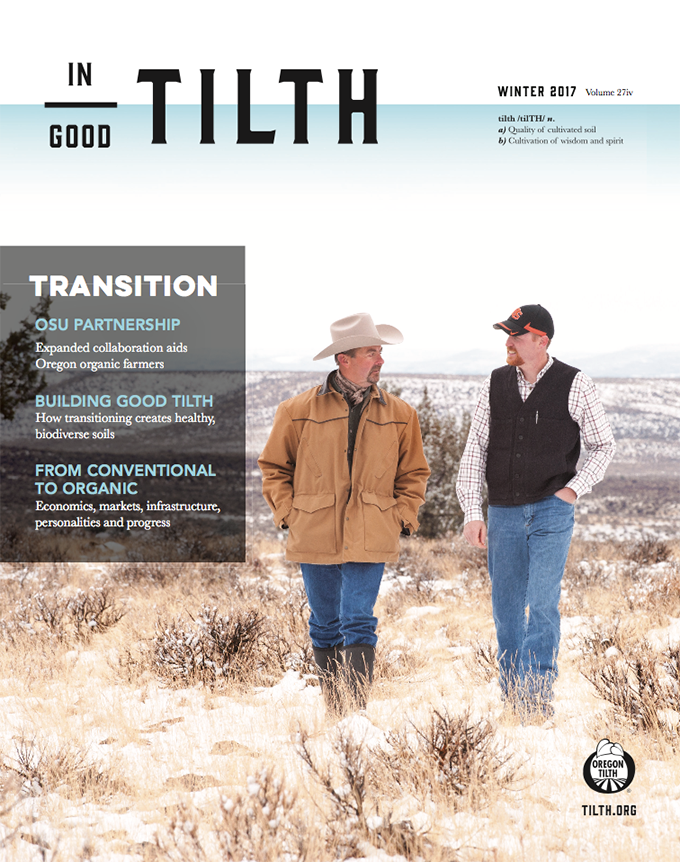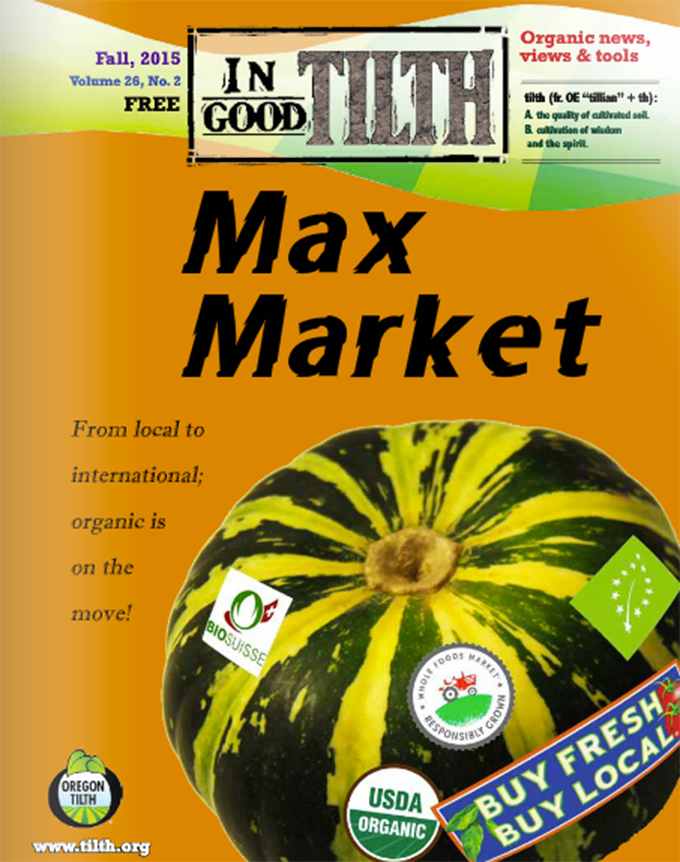In its early years, “organic” was often dismissed by skeptics as a niche marketing term with inconsistent definitions and little science to support its benefits.
Today, the organic label is supported by consistent certification standards and procedures overseen by the USDA National Organic Program. This provides specific regulations, backed by enforcement authority, about practices and inputs used to produce organic food. Organic is no longer a niche. Consumer demand for organic has grown by double digits nearly every year since the 1990s. Organic sales have increased from $3.6 billion in 1997 to $43.3 billion in 2015. And there’s a growing amount of scientific research demonstrating organic’s positive impacts on the environment and our economy.
At the Organic Confluences Summit, attendees heard from university and USDA researchers studying the environmental benefits of organic agriculture, presenting peer-reviewed research findings:
- CLEAN WATER — Water quality concerns are common in agricultural regions because plant nutrients, especially nitrogen, are susceptible to leaching. A three-year study at Iowa State University’s Research Farm examined surface water nitrate contamination by comparing organic and non-organic management systems. Water nitrate loading from nutrient runoff was 53 percent lower in organic systems compared to non-organic.
- BIODIVERSITY — Intensive agricultural practices can contribute to declines in biodiversity and loss of pollinators. In a meta-analysis aggregating results of over 100 different studies worldwide, researchers found that organic farms had 30 percent greater numbers of arthropods and 20 percent more species. They also showed a 50 percent increase in pollinators and a 25 percent increase in beneficial predator insects.
- SOIL HEALTH — Healthy soil is the basis of sustain- able agriculture. Long-term research at the USDA Agricultural Research Service’s Research Center in Beltsville, Md. shows that organic farming systems that utilize tillage can increase soil organic-matter levels, even when compared with conventional no-till methods, to significantly improve soil health. Organic farming also increases soil microorganisms up to 70 percent.
- CLIMATE CHANGE MITIGATION — Food production accounts for approximately 25 percent of global greenhouse gas emissions. Organic practices contribute to lower greenhouse gas emissions by reducing the use of synthetic fertilizer and pesticides — the manufacturing of which comprises as much as 10 percent of direct global agricultural emissions. Organic farming systems also sequester more carbon at greater soil depth, helping further reduce greenhouse gas emissions.
In addition to environmental benefits, organic delivers economic value. The Organic Trade Association recently released a white paper about organic hotspots — counties with high levels of organic agricultural activity that have neighboring counties with high organic activity. The research conducted by an agricultural economist at Penn State clearly links economic health to organic agriculture. The studies show organic creates jobs and economic growth, boosts household incomes and reduces poverty levels. Organic food and crop production — and the business activities accompanying organic agriculture — create real and long-lasting regional economic opportunities.
A key finding of the study is that the prevalence of outreach services by organic certifiers plays one of the strongest roles in organic hotspot formation. This demonstrates how Oregon Tilth’s work as a nonprofit certifier also doing education and advocacy work is making a big difference!
With a growing market share and increasing research demonstrating its environmental and economic benefits, the organic sector is poised to advocate for increased investment, collaboration and innovation to support sustainable food systems.



